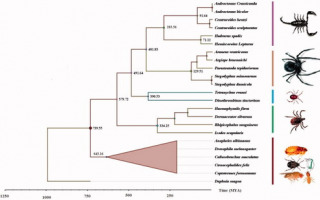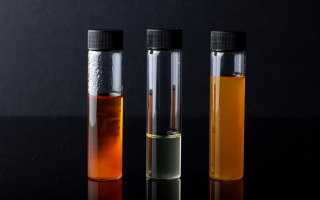Hebrew University, Clemson University and Sapir College Forge Important Agricultural Partnership
In a significant initiative to tackle pressing agricultural, nutritional, and environmental challenges, the Hebrew University of Jerusalem has partnered with Clemson University in South Carolina, USA, and Sapir College. This collaboration aims to harness the unique strengths of each institution to drive innovation and sustainability in agriculture.
















